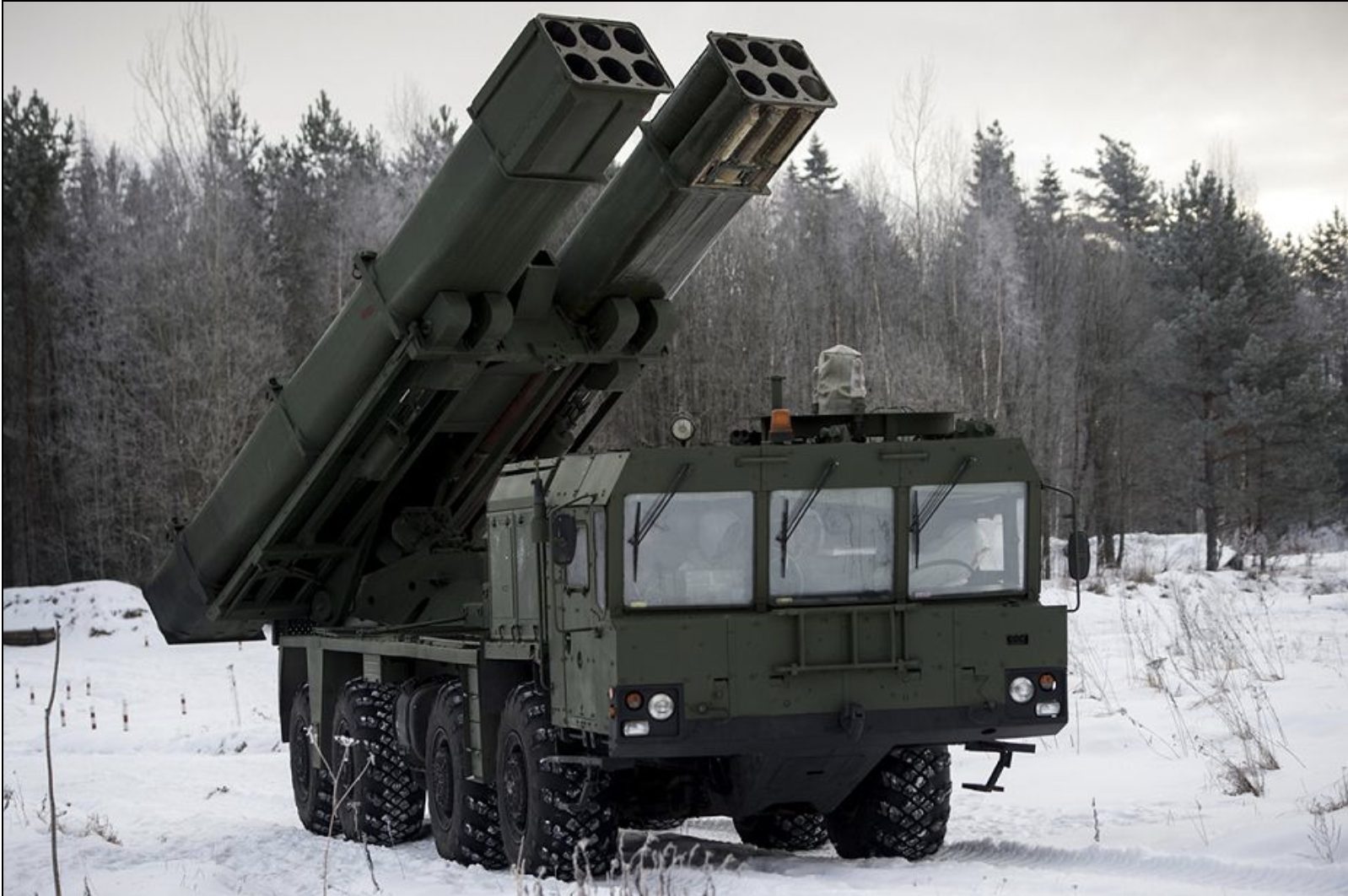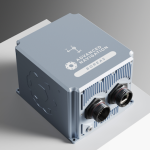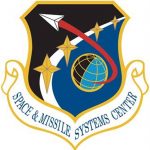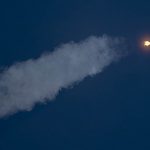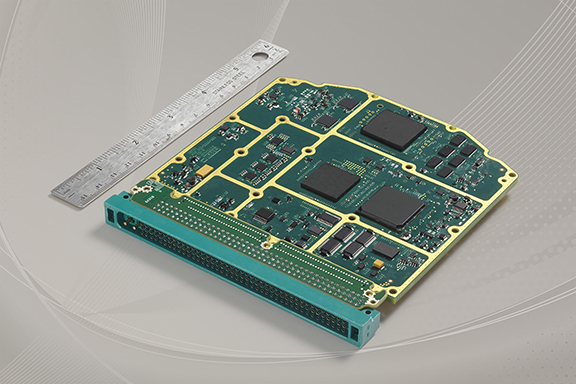The Russian Defense Ministry has publicized tests of its new Tornado-S precision missile, which takes GLONASS data input for its target and flies in squads capable of taking out dispersed enemy formations. The missile comes in a multiple launch rocket system (MLRS) that can fire up to 12 missiles simultaneously in a coordinated attack.
A recent Pravda video boasts that the GLONASS data imparts 1-meter target accuracy, though it does not specify the range at which this accuracy is achieved. It further asserts that the Tornado-S “can be considered the most powerful weapon after the atomic bomb.”
The Tornado-S missile can turn to the target in flight, following preset, GLONASS-derived parameters. “There is the main fire direction and the depression angle is calculated for each missile,” expert Viktor Murakhovsky stated for an Izvestia story on the topic. “It is similar to the vertical launch of antiaircraft missiles. They are popped up by a gunpowder pressure accumulator and the depression generator then switches on to turn the missile to the target. The MLRS missile leaves the guide and turns to the necessary angle by the azimuth. The salvo is thus distributed along the frontline.” he said.
[Images: Tornado-S 300mm MLRS Multiple Launch Rocket System. Photos: Russian MoD)]
An MLRS guides a package of missiles to one point. According to the Russian Ministry of Defense, in modern warfare troops and hardware never concentrate in one place near the frontline. Artillery, air defense, armored vehicles and infantry are deployed at a distance from each other. The new missiles can hit a group of targets at a major distance from each other in one salvo, as the simultaneously launches projectiles diverge in flight, each according to its input GLONASS-based target data. The system can automatically receive and process information from reconnaissance vehicles or drones; it does not need to be input by the operator.
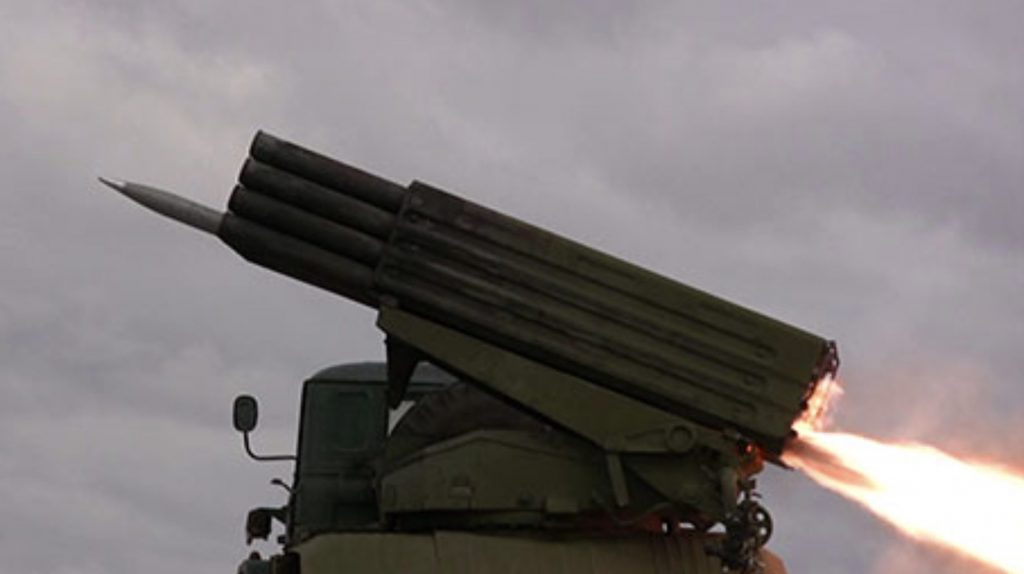
“Distance and azimuth angle parameters can be preset for each missile,” add Murakhovsky. “Thus, they can destroy a battalion of air defense launchers located at a distance from each other. Ordinary projectiles can destroy one-two targets and the area around them. The new missiles have an extended elliptical destruction zone. The turning capability distributes the missiles along the frontline ten times more.”
Tornado-S has an upgraded launcher with automatic fire controls and guided and unguided longer-range missiles. The new MLRS has GLONASS satellite communications and automatic guidance and fire control system. The operator has to put in coordinates, engage the guides and fire. It is not necessary to manually put in the data. The launcher always knows its coordinates due to GLONASS and the computer can calculate the parameters for target destruction. Communication equipment transmits weather, air and missile defense data from the headquarters. They are taken into account in planning the strike.

